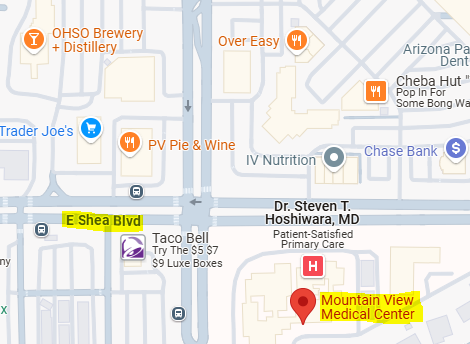Frequently Asked Questions About Malocclusion

A perfect smile is often equated with perfectly aligned teeth. But beyond the aesthetics, the alignment of our teeth plays a crucial role in our overall oral health.
Malocclusion is a term many might not be familiar with, but it is an issue that affects many individuals. Malocclusion is more than just misaligned teeth, as it can have a ripple effect on various aspects of your health and wellbeing. Let's demystify malocclusion by exploring its root causes, the potential problems it brings, and the therapeutic interventions that can correct it.
What Is Malocclusion?
Malocclusion, or bad bites, is a widespread dental problem that happens when the upper and lower teeth are not in the right place or connected correctly.
What Causes Malocclusion?
Many people with malocclusion get it from their parents or grandparents, so genetics play a big role in how it happens. Some medical problems, like cleft lips and palates and oral cavity or jaw tumors, can also make it hard to close your teeth properly.
Environmental factors can also influence malocclusion. For example, using a pacifier or bottle for too long can change the shape and structure of the mouth, which can lead to malocclusion. Using pacifiers, thumb sucking, and finger sucking as a child can also lead to problems with how the teeth fit together.
In addition, problems with the teeth like cavities, losing baby teeth, and permanent teeth coming in at the wrong time can all lead to malocclusion. A poorly fitting dental filling, crown, or brace can also cause malocclusion. Some people have trouble breathing because their tonsils or adenoids are too big or inflamed. This can make them breathe through their mouth, which can lead to malocclusion.
What Are the Signs and Effects of Malocclusion?
For some people, malocclusion can change how their face looks and make it painful or hard to bite and chew. If your top and lower teeth fail to align properly, you can develop an overbite or underbite. This is one of the most obvious signs of malocclusion. This can change how someone looks and may also make them gnaw their inner cheeks or tongue.
In addition to these bodily signs, malocclusion can also cause speech problems like a lisp. This is because crooked teeth make it hard for the tongue and mouth to move naturally when speaking. A common sign is mouth breathing, since misaligned teeth can block or narrow the airway.
Children who have malocclusion may also have trouble speaking or eating, which can hurt their general development and nutrition. Also, they might grind their teeth, which can hurt their teeth and jaw joints. Malocclusion can also mess up the growth of the permanent teeth, like when baby teeth fall out too early or too late.
How Is Malocclusion Treated?
Mild cases of malocclusion might not need treatment, but serious cases might need to see an orthodontist. The main way to treat malocclusion is with orthodontic care, which includes slowly moving the teeth into the right place with braces or aligners. The dentist may suggest braces, oral appliances, or retainers, depending on the malocclusion's severity and the person's needs.
Braces are usually the best way to fix a bad bite. These braces put constant, gentle pressure on the teeth, which helps to change the shape of the bone under the tooth and move the teeth into the right place.
People who want a less obvious choice can use clear aligners. This is a custom-made set of clear plastic trays that go over your teeth and gently push them into place. While you can take out aligners to eat and brush your teeth, you should wear them for most of the day for the best results.
Tooth extraction may be necessary to free up room for proper alignment and relieve crowding. Some people with severe malocclusion may also need surgery on their jaws to fix the root problems. When people get dental treatment, they usually use retainers to keep the results they get.
Contact us at Desert Dental for dental services in the Phoenix, AZ, area.








